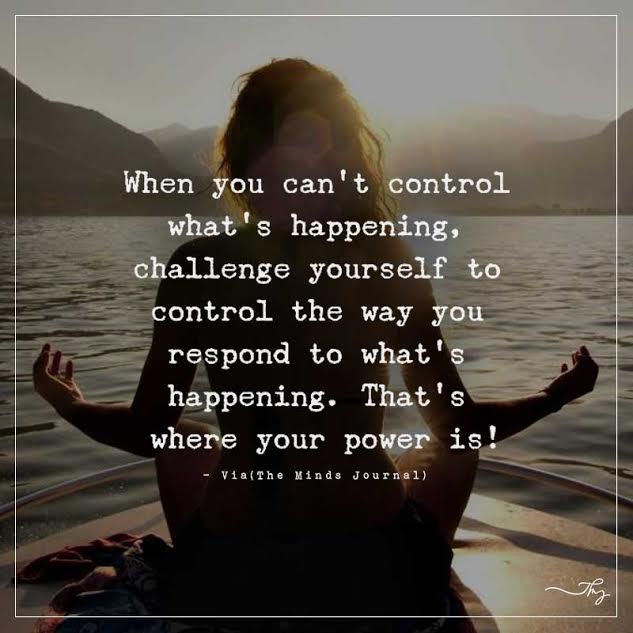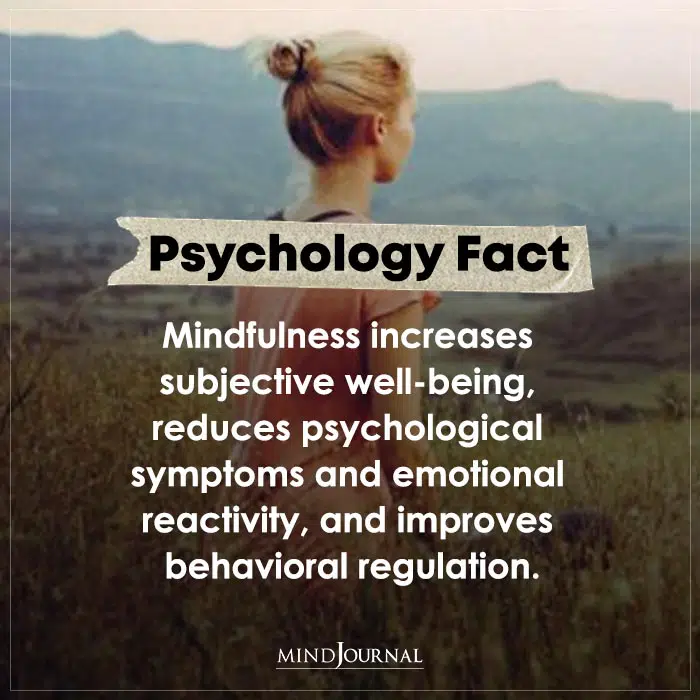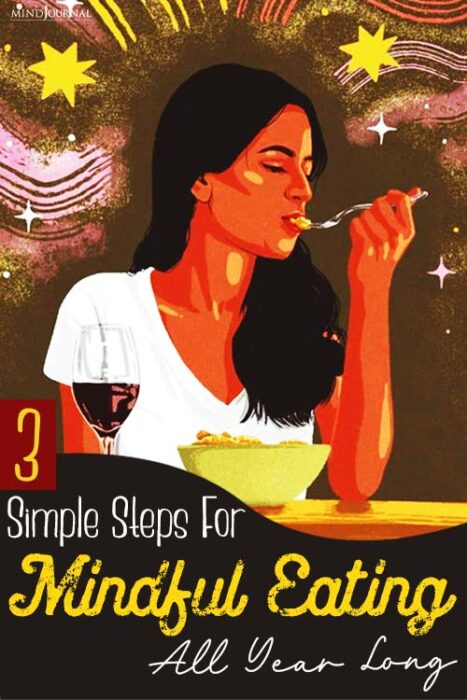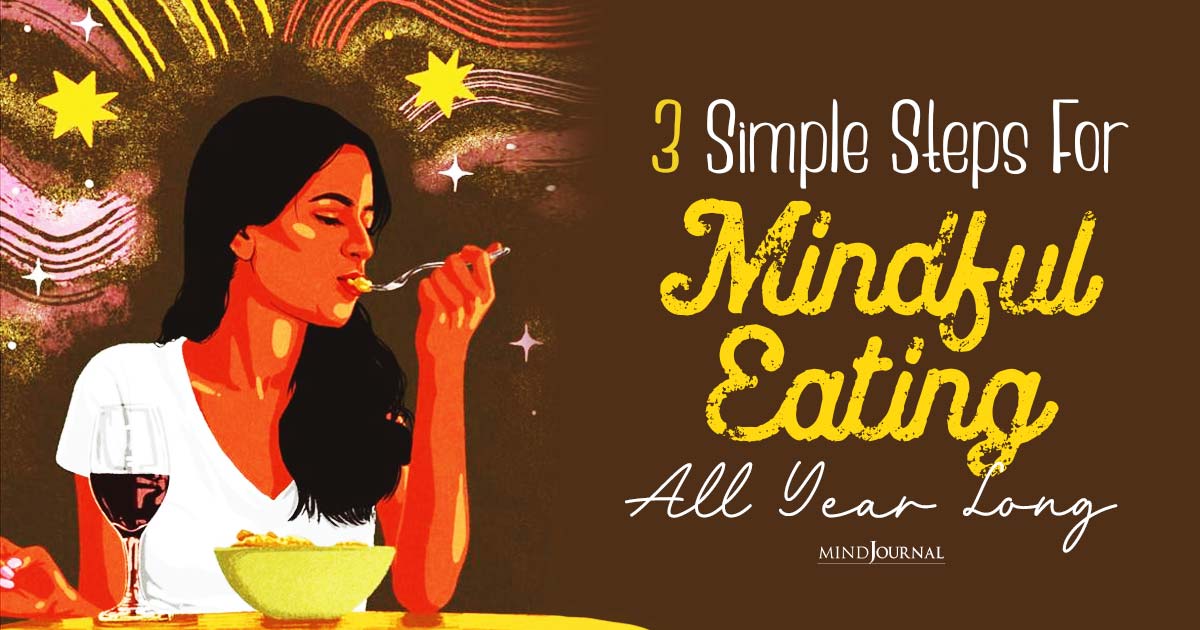In our fast-paced world, it’s easy to lose sight of what our bodies truly need and go overboard with our cravings. Eating goes beyond just stuffing our faces – it’s all about the way we approach food when we’re hungry, overly indulgent, or prone to overeating. This article is going to explore in detail how to eat mindfully & the best steps for mindful eating.
That’s where mindful eating or conscious eating comes in. But what is mindful eating? Mindful eating is about being aware and intentional in how you consume food, especially when you’re prone to overindulgence or struggle with overeating.
It’s not about following strict diets or rigid rules. It’s more like a mindset, a way of reconnecting with your body and understanding your hunger cues. It’s about slowing down, putting away distractions (yes, that means no more mindless snacking in front of the TV!), and really tuning in to your hunger and fullness.
By practicing mindful eating, you can develop a healthier relationship with food. You will gradually learn to recognize when you’re truly hungry versus eating out of boredom or emotions. It will help you distinguish between genuine cravings and impulsive desires, making it easier to make choices that truly satisfy your body’s needs.
Related: How Yoga And Mindful Eating Can Be Beneficial For You
3 Simple Steps for Mindful Eating All Year Long
Written by Shonda Moralis MSW, LCSW
1. Pay attention to hunger and satiety (when and how much you eat)
To decide when and how much, start by assessing your hunger. On a scale of one to ten (one is not at all, ten is ready to gnaw your own arm off, which is the hanger talking), rate your current level of hunger. Ideally, we feed our bodies when we are between five and seven.
If below five, you are not ready for a meal; if above seven, there is a tendency to overeat or dive into the scary depths of “hangriness.”
When you are considering eating, pause and notice the accompanying body sensations. Is there a hollowness in the belly? Burning, churning, or slight discomfort? It is important to distinguish between true hunger and emotion-driven emptiness.
Loneliness, anxiety, and boredom can mimic body sensations of hunger. The more we pause and notice regularly, the more easily we can distinguish between the two, realizing just how many extra calories we may have previously been consuming in this barely conscious way.

2. Follow the 80-20 rule, generally (what you choose to eat)
We can also learn to stop eating when we are 80 percent full. It’s a practice Okinawans call hara hachi bun me.
Maintain awareness throughout the meal so as to determine when you’ve hit that 80 percent mark, rather than eventually uttering the common, “Ugh, I am so full.” (Or, Hara hachi bun me—which is not only fun to say but also one of the habits researchers believe contribute to Okinawans’ top standing in the world’s so-called Blue Zones, regions where the population lives exceptionally long and healthy lives, as written about by Dan Buettner.)
Once you have finished your meal, move your plate out of reach, so you are not tempted to continue noshing after you feel satisfied. If you find yourself once again moving toward the plate, pause and inquire into why. Is it out of boredom, anxiety, or just plain habit? Hara hachi bun me, baby.
Determine what to eat by loosely following the 80-20 rule. Eighty percent of your food should be whole, healthy, and nutritious, while the remaining 20 percent is for the empty-calories-but-oh-so-worth-it consumption of the brownie, glass of rosé, or generous hunk of brie.
Whether you disdain anything edible that comes from the earth or have never met a vegetable you don’t like, begin with one addition or alteration to your repertoire.
If your ratio is flipped from 20 percent healthy to 80, not so much, don’t overwhelm yourself all at once, as the eventual goal is 80 percent. Whether that happens next week or next year, the intention is to maintain this overall ratio in the long run.
Related: How To Stop Snacking All Day
3. Eat mindfully (awareness and enjoyment; supporting the other two prongs)
Eat mindfully with awareness and enjoyment: Using your sense of sight, notice the colors and shapes of the food. With gratitude, take a moment to reflect on how the food made its way to the table.
Inhale the scents, chewing the first few bites slowly, noticing its temperature and fully tasting flavors and textures. Pay attention to the sensations of swallowing as the food travels down your throat.

If eating the entire meal mindfully seems too burdensome, focus primarily on the first and last bites, thereby noticing when you have reached the sweet spot of just enough toward the end of the meal. Be sure to savor the infinite variety of foods and methods of preparation available to you.
Be adventurous and curious in your eating. Notice your energy level after eating various types of food. You may be surprised at how some can completely sap your energy while others bolster it for hours.
Ultimately, mindful eating can tame the growth of our waistlines and increase sustained energy of both body and mind. You, and your goddess bod, are worth the mindful effort, thought, and attention. Bon appétit and hara hachi bun me.
Excerpted from Don’t Forget to Breathe: 5-Minute Mindfulness for Busy Women. The Experiment Publishing, 2022.
Check out Shonda Moralis’s 1-1 Life Balance Coaching here. You can also check out her amazing books here.
References:
https://www.shondamoralis.net/books
Written By Shonda Moralis MSW, LCSW Originally Appeared On Psychology Today









Leave a Reply
You must be logged in to post a comment.